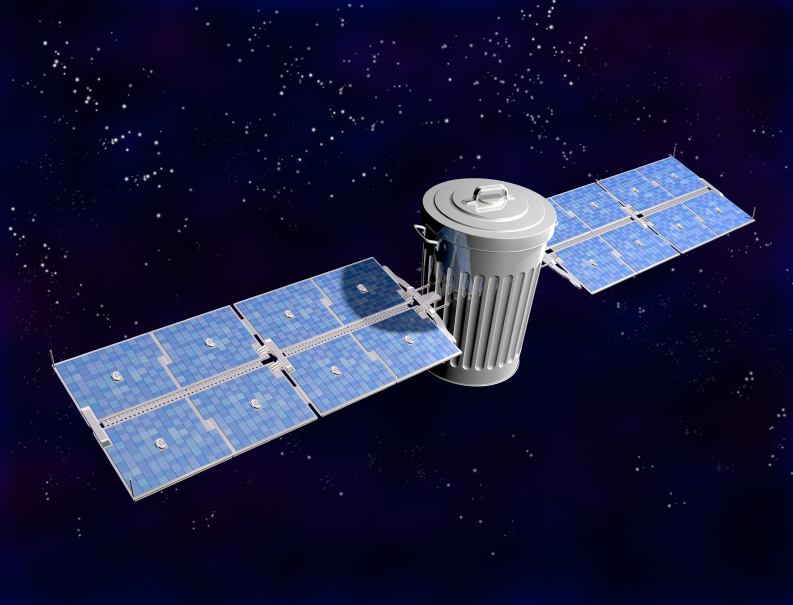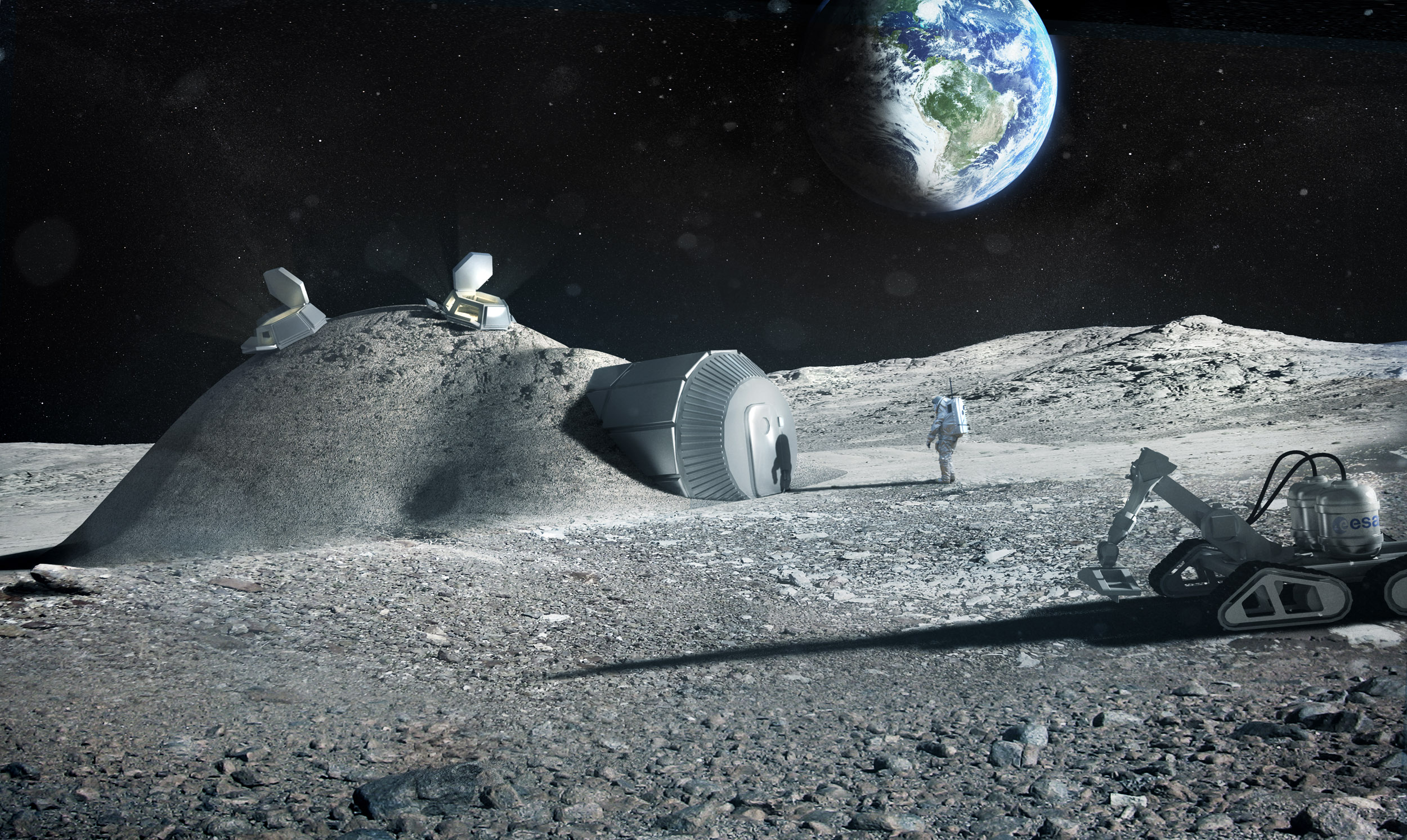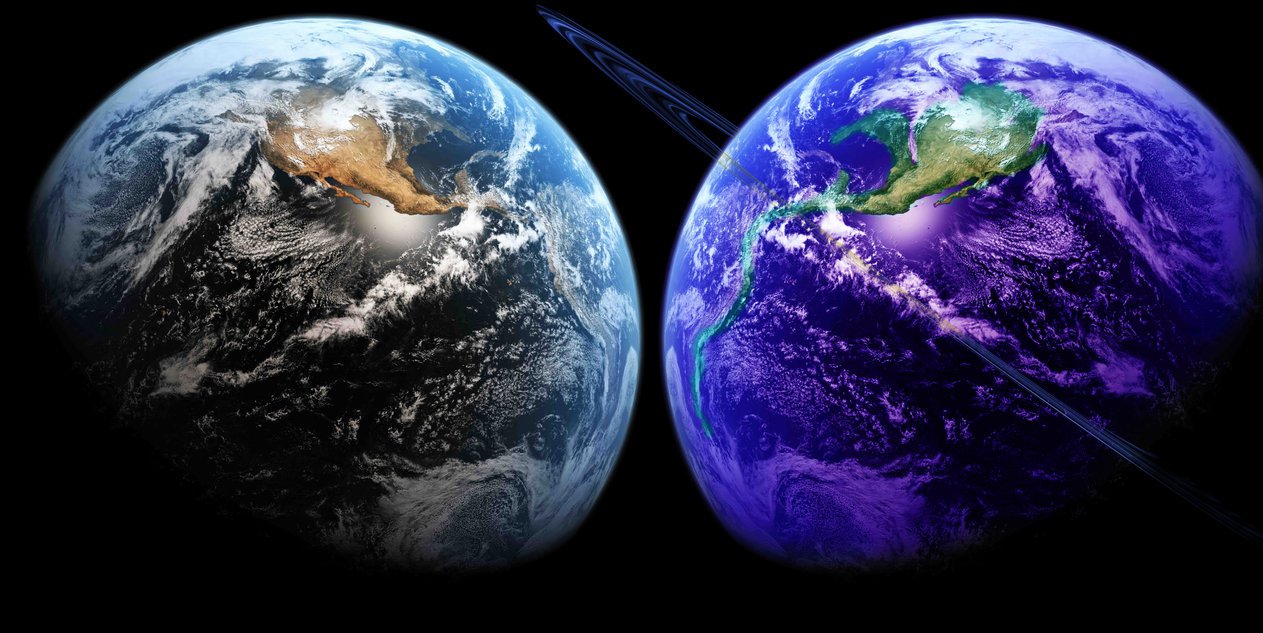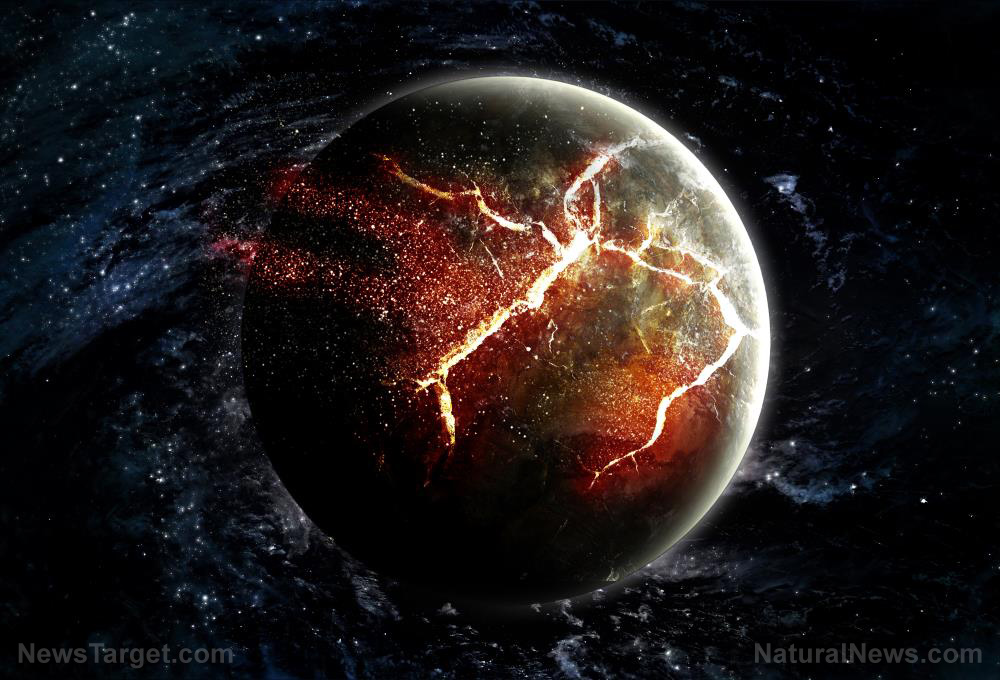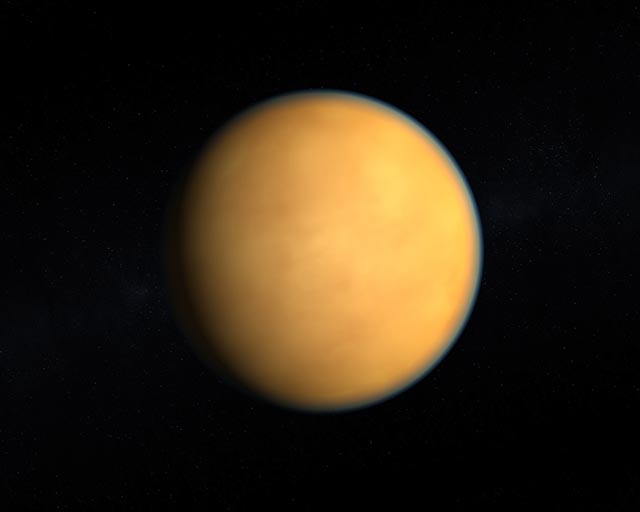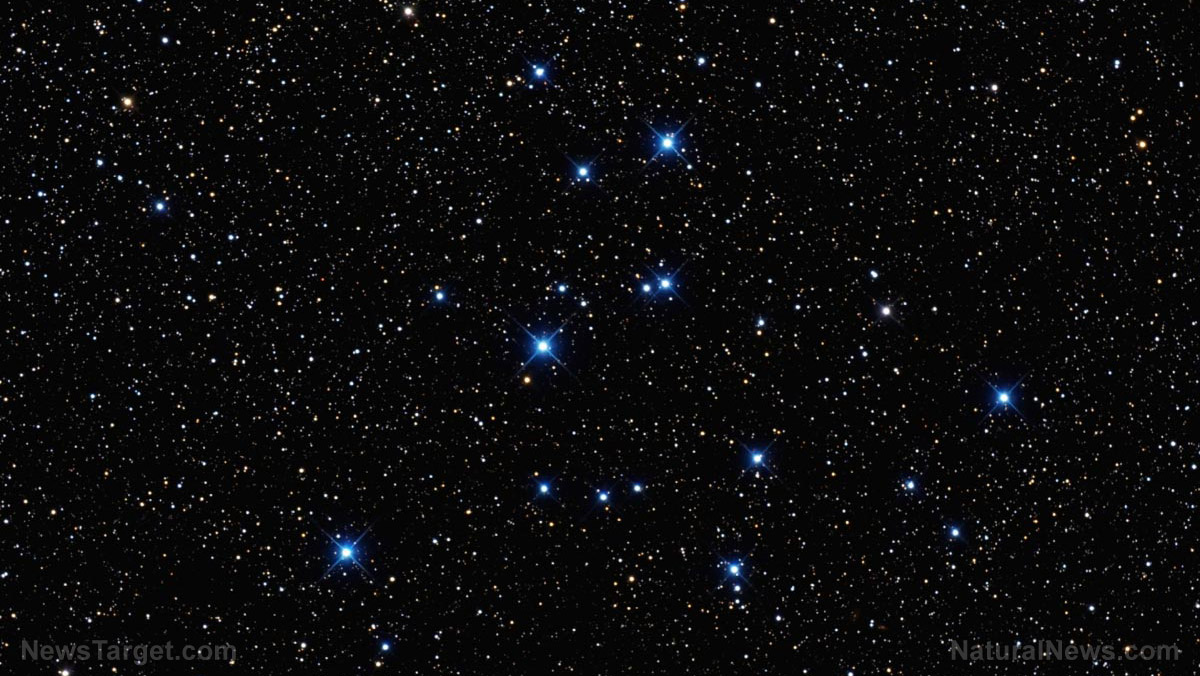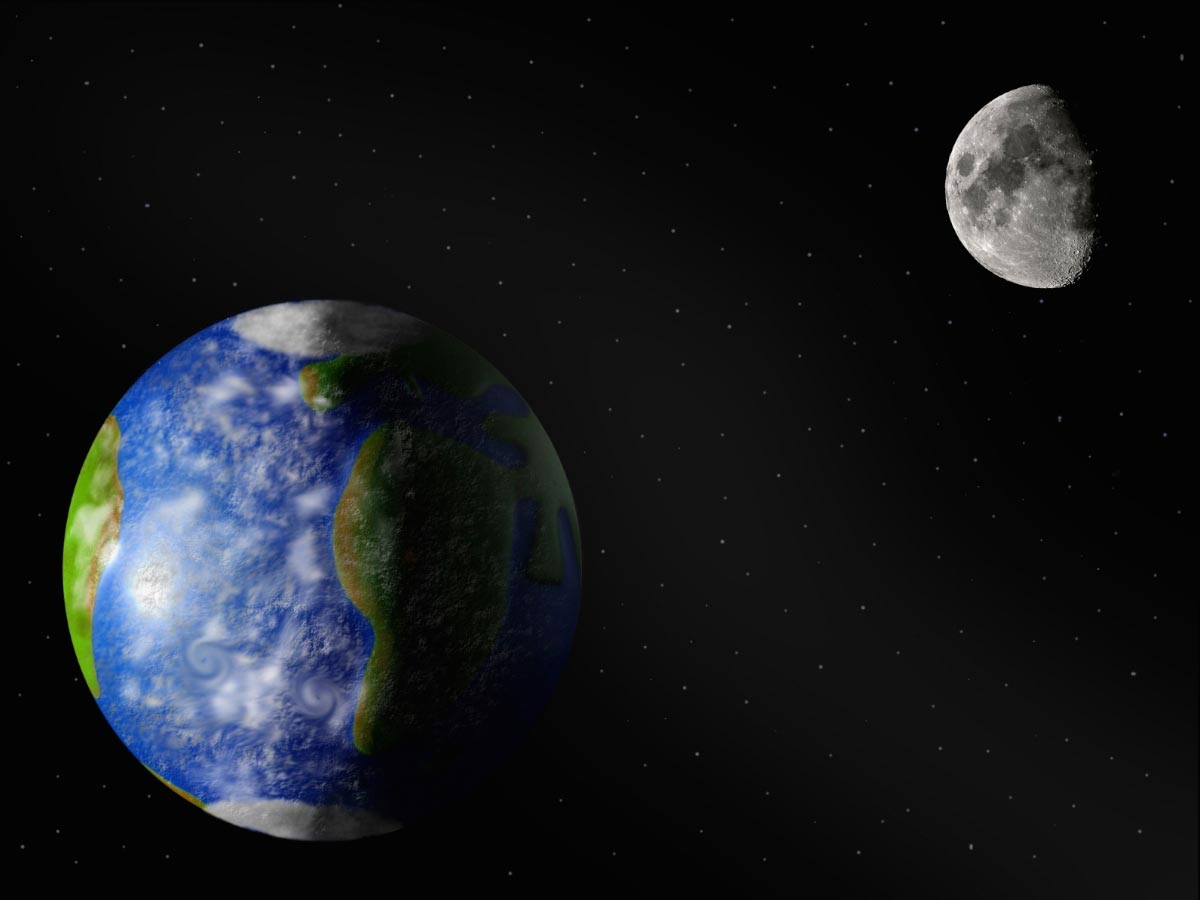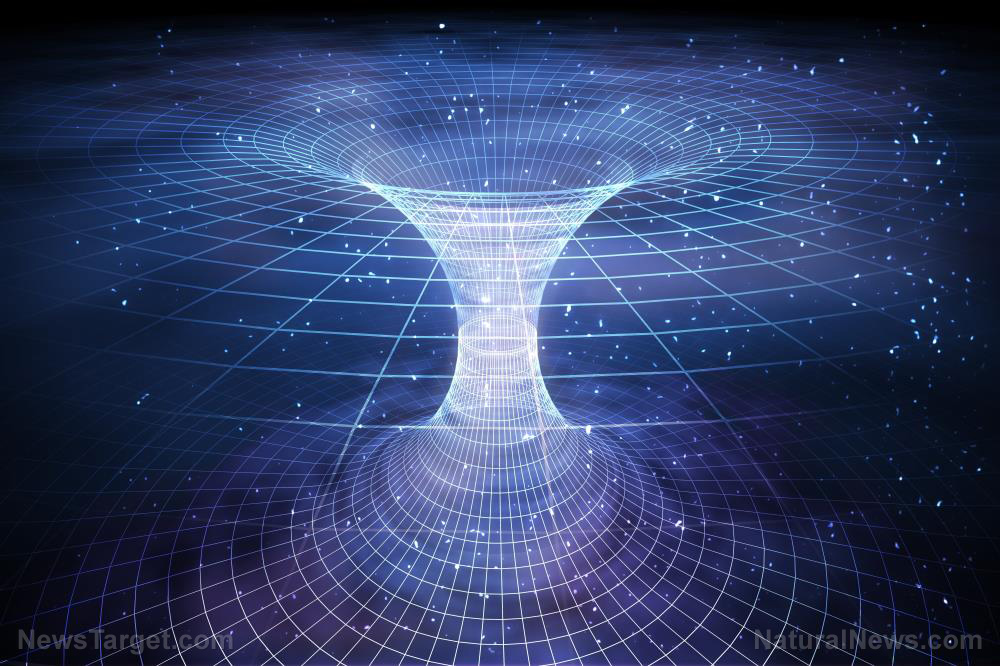North is relative: Geophysicists say Earth’s magnetic north pole is moving quickly
05/09/2019 / By Ethan Huff

It’s a well-established fact that Earth’s magnetic north pole is constantly on the move, which is why the National Oceanic and Atmospheric Administration (NOAA) updates the data in its World Magnetic Model every five years to reflect the north pole’s ever-fluctuating geographical position. But this constant magnetic shift has now become so dramatic that the World Magnetic Model is becoming obsolete much sooner than in times past, which some believe could be indicative of an impending pole shift.
According to reports, the next update for the World Magnetic Model was supposed to be in 2020, as its last update occurred in 2015. But because Earth’s magnetic north pole has apparently drifted away from the Canadian Arctic and towards Siberia much more quickly than anticipated, scientists are scrambling to release an update in 2019 instead.
“We regularly assess the quality and accuracy of the model by comparing it with more recent data,” says Arnaud Chulliat, a geophysicist at the University of Colorado Boulder, as well as at NOAA’s National Centers for Environmental Information (NCEI).
But in January 2018, Chulliat explains, he and others in his field began to notice that “the error was increasing relatively fast, especially in the Arctic region.” They thus determined that it “was on track to exceed the specification before the end of the five-year interval,” prompting them to release an update earlier than the normally specified timeframe.
With the help of their foreign counterparts at the British Geological Survey in Edinburgh, Scotland, Chulliat et al. have reportedly been scrambling to collect the most up-to-date data on magnetic field recordings in order to plug it into the World Magnetic Model for a special 2019 release. They then plan to release another regularly scheduled update in 2020, which they hope will remain accurate until 2025.
“Despite its short-term use, this unexpected update is vital to navigators the world over, including those in charge of military, undersea and aircraft navigation; commercial airlines; search-and-rescue operations and other projects circling the North Pole,” reports Space.com, citing reports from the NCEI.
“Other agencies, such as NASA, the Federal Aviation Administration and the U.S. Forest Service also rely on the model for surveying and mapping, satellite and antenna tracking, and air-traffic management. Even smartphone and consumer electronics companies need an accurate model so that they can provide users with up-to-date maps, compass applications and GPS services.”
For more related news, be sure to check out Space.news.
Magnetic north pole started really picking up speed in the 1990s, experts say
While science has been aware of magnetic north pole’s state of flux since the 1800s, it wasn’t until the 1990s that experts began to observe that it was moving faster than normal. According to Chulliat, this shift increased in speed from about nine miles a year to about 34 miles a year – an almost fourfold increase.
In 2018, magnetic north pole took a much more dramatic leap in movement, actually crossing over the international date line into the Eastern Hemisphere.
“It’s coming from a place where it was farther away from the north geographic pole, and now it’s very close to the geographic pole,” says Chulliat. “But, of course, if it continues in the same direction, it will go past the geographic pole and farther away again, but on the other side of the Earth, on the Russian side.”
While scientists are still trying to fully understand what’s going on and why, many of them believe that liquid iron underneath Earth’s crust, and deep within its core, moves in unpredictable ways, and is thus influencing the movement of magnetic north pole in unpredictable ways.
“The location of the north magnetic pole appears to be governed by two large-scale patches of magnetic field, one beneath Canada and one beneath Siberia,” says Phil Livermore, a geomagnetist at the University of Leeds in England. “The Siberian patch is winning the competition.”
Sources for this article include:
Tagged Under: cool science, cosmos, geology, geophysics, magnetic north pole, magnetic pole, NOAA, North Pole, pole shift, Space, weird science, World Magnetic Model




